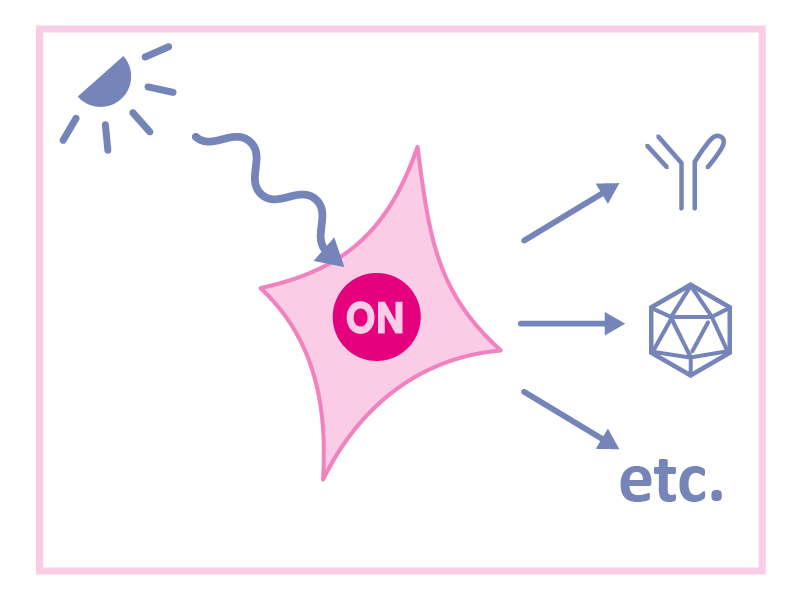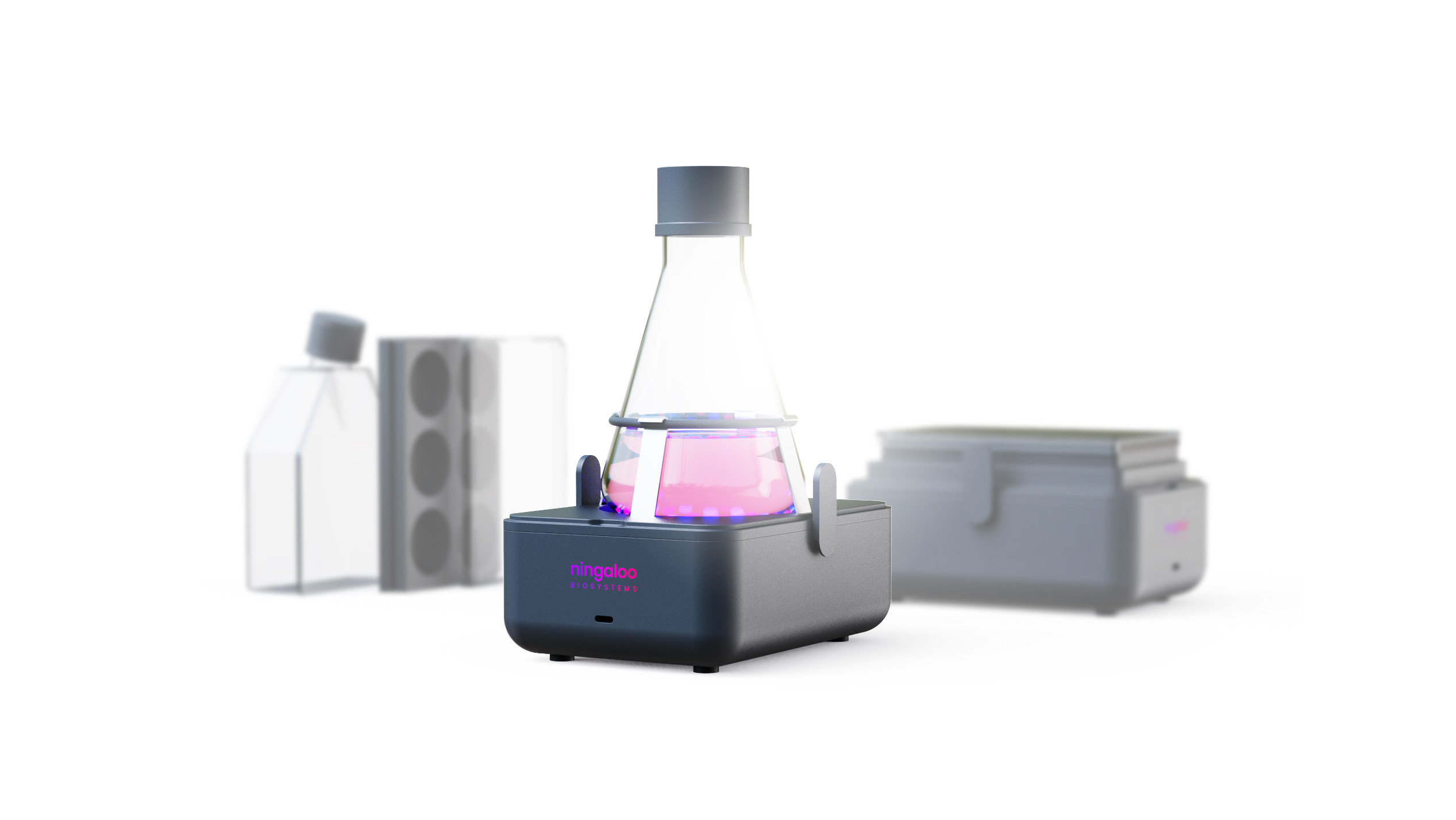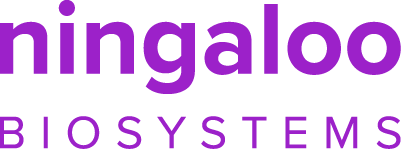
The use of naturally occurring as well as recombinant photoswitches opens up completely new options to influence processes inside living cells. This novel methodology, known as optogenetics, is based on the use of proteins found in nature that enable organisms to sense light. The optogenetic photoswitches can either be used directly or fused with heterologous effector domains to trigger other desired cellular responses in a light-dependent manner. Recently, the panel of optogenetic tools has been greatly expanded. When such photoswitches are genetically grafted into cells that normally lack light sensitivity, processes as diverse as the control of membrane potentials, cellular signaling pathways, metabolic pathways, protein translocation, and gene expression can be controlled optically [for review see 1, 2,3].
Further genetic engineering of these recombinant photoswitches allows direct manipulation of a wide range ofdifferent physiologic responses in living cells, such as transcriptional activity. In recent years, many new sensor/effector combinations have been developed, some of which allow direct control of genes [4]. Equipped with this repertoire cells can now become machines that produce bio-molecules through the use of light.
While a plethora of new possibilities arise from the application of this novel technology, its practical application is still in its infancy. A recent publication proposed the employment of dynamic control strategies using optogenetics to improve biomanufacturing productivity [5]. The paper also explores how biological systems could be combined with scalable bioproduction settings, with a focus on metabolic control.
-
- Lan et al., “Optogenetics for transcriptional programming and genetic engineering”, Trends Genet., doi: 10.1016/j.tig.2022.05.014, 2022
- Wegner et al., “The bright frontiers of microbial metabolic optogenetics”, Curr Opin Chem Biol., doi: 10.1016/j.cdpa.2022.102207, 2022
- Fischer et al., “Shedding light on current trends in molecular optogenetics”, Curr Opin Chem Biol., doi: 10.1016/j.cbpa.2022.102196, 2022
- De Mena et al., “Bringing Light to Transcription: The Optogenetics Repertoire”, Frontiers in Genetics 9, article 518, 2018
- Pouzet, S. et al., “The Promise of Optogenetics for Bioproduction: Dynamic Control Strategies and Scale-Up Instruments“, Bioengineering 2020, 7, 151, 2020
We are committed to developing solutions containing both recombinant photoswitch vectors as well as illumination devices and software that enable our customers to take full advantage of optogenetics – by introducing entirely new process control modes exploiting unprecedented possibilities to optimize and steer bioprocessing in real-time. We will offer optogenetic systems that, among others, work with the most common cell culture formats used in the production of biopharmaceutics, e.g. for immunotherapy or gene therapy.
Not only does our multi-format technology for optogenetics provide flexibility, but it will also be the foundation for any upscaling by ensuring reproducibility and transferability all the way from lab to production system.


Your specific needs as a scientist are important to us, whether you are researching molecular light-controlled systems, using optogenetics as a tool to study cellular processes, or are interested in the new oppportunities to take bioproduction processes to the next level.
We would love to hear more about your ideas and needs. If you share our vision that optogenetic control strategies can take bioproduction to the next level and would like to explore how we can work together, feel free to contact us at: info@ningaloo.bio
